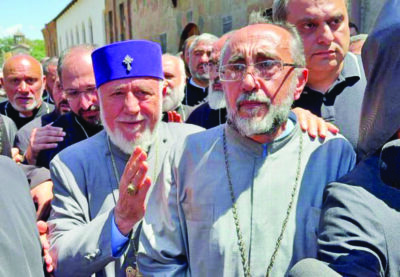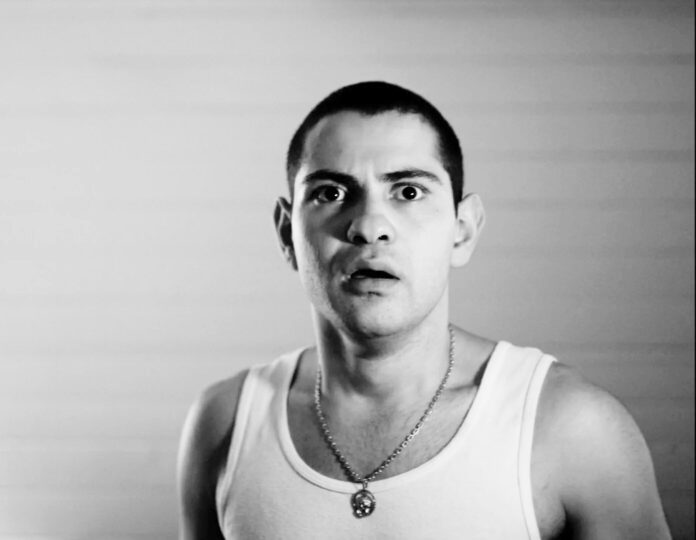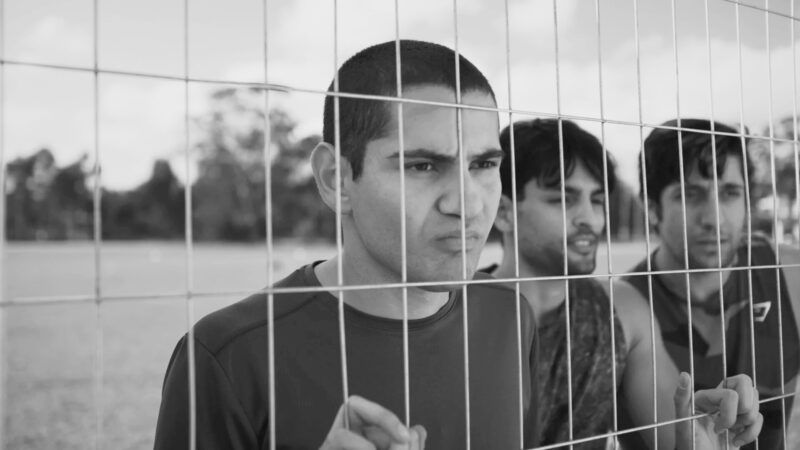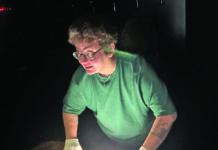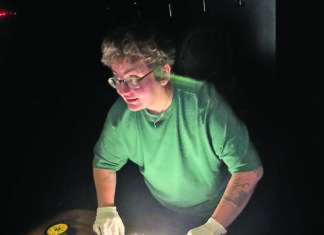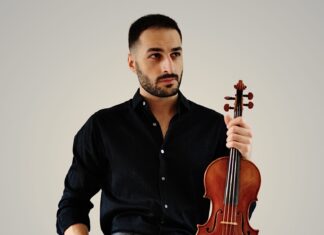By Raffi Arkun
Special to the Mirror-Spectator
What do you do when the dream you’ve spent your whole life chasing turns out to be a cage? In an attempt to answer this question, Tigran Tovmasian takes on practically every role — writer, director, producer and actor — in his short film “The Circus Lion.” The somber film presents the story of a young wrestler named Samvel (“Sam”) while questioning ideals and ideas of masculinity, grief and purpose.

The Australian-born Tovmasian took on this cinematic challenge because, he said, “this story was burning inside me, and I needed to express it from every angle I could.” In his film, Tovmasian masterfully portrays the struggles of a young man coming of age.
The physical setting and monochromatic aspect of the film themselves silently convey meaning. The environment depicted reflects Tovmasian’s own journey of growing up in difficult socioeconomic circumstances to a family of Armenian immigrants in Western Sydney, and the music that plays throughout the film connects and immerses the audience in the story. The duduk’s warm, mournful sound and the dhol’s rhythmic feel, add an undeniably Armenian flavor, strengthening the film’s cultural authenticity and emotional depth. Tovmasian said he wanted the audience to feel as if it was “in the town with Sam, living through his daily struggles.”
